HSBC 2007 Annual Report Download - page 205
Download and view the complete annual report
Please find page 205 of the 2007 HSBC annual report below. You can navigate through the pages in the report by either clicking on the pages listed below, or by using the keyword search tool below to find specific information within the annual report.-
 1
1 -
 2
2 -
 3
3 -
 4
4 -
 5
5 -
 6
6 -
 7
7 -
 8
8 -
 9
9 -
 10
10 -
 11
11 -
 12
12 -
 13
13 -
 14
14 -
 15
15 -
 16
16 -
 17
17 -
 18
18 -
 19
19 -
 20
20 -
 21
21 -
 22
22 -
 23
23 -
 24
24 -
 25
25 -
 26
26 -
 27
27 -
 28
28 -
 29
29 -
 30
30 -
 31
31 -
 32
32 -
 33
33 -
 34
34 -
 35
35 -
 36
36 -
 37
37 -
 38
38 -
 39
39 -
 40
40 -
 41
41 -
 42
42 -
 43
43 -
 44
44 -
 45
45 -
 46
46 -
 47
47 -
 48
48 -
 49
49 -
 50
50 -
 51
51 -
 52
52 -
 53
53 -
 54
54 -
 55
55 -
 56
56 -
 57
57 -
 58
58 -
 59
59 -
 60
60 -
 61
61 -
 62
62 -
 63
63 -
 64
64 -
 65
65 -
 66
66 -
 67
67 -
 68
68 -
 69
69 -
 70
70 -
 71
71 -
 72
72 -
 73
73 -
 74
74 -
 75
75 -
 76
76 -
 77
77 -
 78
78 -
 79
79 -
 80
80 -
 81
81 -
 82
82 -
 83
83 -
 84
84 -
 85
85 -
 86
86 -
 87
87 -
 88
88 -
 89
89 -
 90
90 -
 91
91 -
 92
92 -
 93
93 -
 94
94 -
 95
95 -
 96
96 -
 97
97 -
 98
98 -
 99
99 -
 100
100 -
 101
101 -
 102
102 -
 103
103 -
 104
104 -
 105
105 -
 106
106 -
 107
107 -
 108
108 -
 109
109 -
 110
110 -
 111
111 -
 112
112 -
 113
113 -
 114
114 -
 115
115 -
 116
116 -
 117
117 -
 118
118 -
 119
119 -
 120
120 -
 121
121 -
 122
122 -
 123
123 -
 124
124 -
 125
125 -
 126
126 -
 127
127 -
 128
128 -
 129
129 -
 130
130 -
 131
131 -
 132
132 -
 133
133 -
 134
134 -
 135
135 -
 136
136 -
 137
137 -
 138
138 -
 139
139 -
 140
140 -
 141
141 -
 142
142 -
 143
143 -
 144
144 -
 145
145 -
 146
146 -
 147
147 -
 148
148 -
 149
149 -
 150
150 -
 151
151 -
 152
152 -
 153
153 -
 154
154 -
 155
155 -
 156
156 -
 157
157 -
 158
158 -
 159
159 -
 160
160 -
 161
161 -
 162
162 -
 163
163 -
 164
164 -
 165
165 -
 166
166 -
 167
167 -
 168
168 -
 169
169 -
 170
170 -
 171
171 -
 172
172 -
 173
173 -
 174
174 -
 175
175 -
 176
176 -
 177
177 -
 178
178 -
 179
179 -
 180
180 -
 181
181 -
 182
182 -
 183
183 -
 184
184 -
 185
185 -
 186
186 -
 187
187 -
 188
188 -
 189
189 -
 190
190 -
 191
191 -
 192
192 -
 193
193 -
 194
194 -
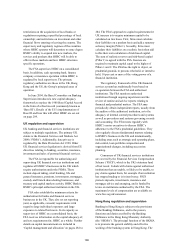 195
195 -
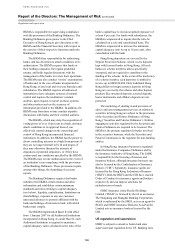 196
196 -
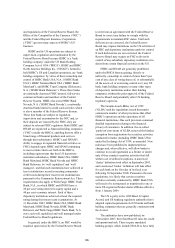 197
197 -
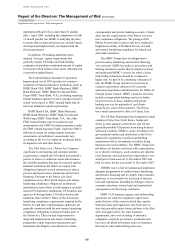 198
198 -
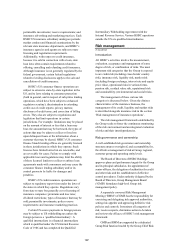 199
199 -
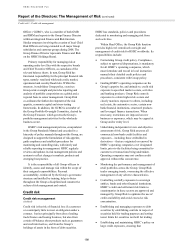 200
200 -
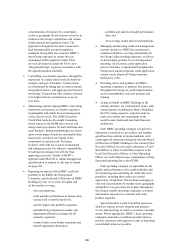 201
201 -
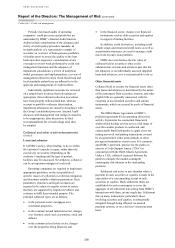 202
202 -
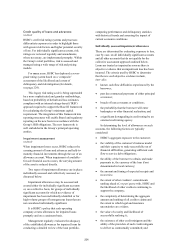 203
203 -
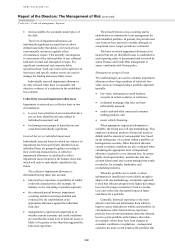 204
204 -
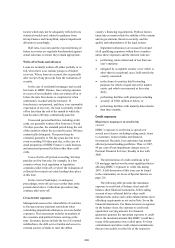 205
205 -
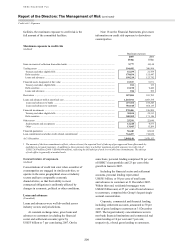 206
206 -
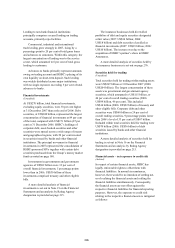 207
207 -
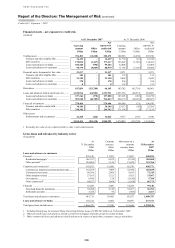 208
208 -
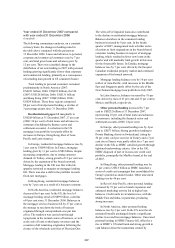 209
209 -
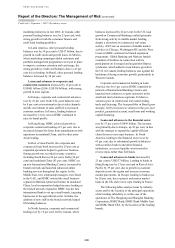 210
210 -
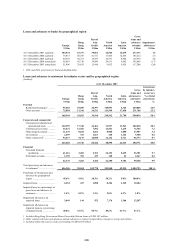 211
211 -
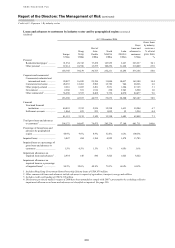 212
212 -
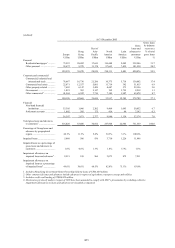 213
213 -
 214
214 -
 215
215 -
 216
216 -
 217
217 -
 218
218 -
 219
219 -
 220
220 -
 221
221 -
 222
222 -
 223
223 -
 224
224 -
 225
225 -
 226
226 -
 227
227 -
 228
228 -
 229
229 -
 230
230 -
 231
231 -
 232
232 -
 233
233 -
 234
234 -
 235
235 -
 236
236 -
 237
237 -
 238
238 -
 239
239 -
 240
240 -
 241
241 -
 242
242 -
 243
243 -
 244
244 -
 245
245 -
 246
246 -
 247
247 -
 248
248 -
 249
249 -
 250
250 -
 251
251 -
 252
252 -
 253
253 -
 254
254 -
 255
255 -
 256
256 -
 257
257 -
 258
258 -
 259
259 -
 260
260 -
 261
261 -
 262
262 -
 263
263 -
 264
264 -
 265
265 -
 266
266 -
 267
267 -
 268
268 -
 269
269 -
 270
270 -
 271
271 -
 272
272 -
 273
273 -
 274
274 -
 275
275 -
 276
276 -
 277
277 -
 278
278 -
 279
279 -
 280
280 -
 281
281 -
 282
282 -
 283
283 -
 284
284 -
 285
285 -
 286
286 -
 287
287 -
 288
288 -
 289
289 -
 290
290 -
 291
291 -
 292
292 -
 293
293 -
 294
294 -
 295
295 -
 296
296 -
 297
297 -
 298
298 -
 299
299 -
 300
300 -
 301
301 -
 302
302 -
 303
303 -
 304
304 -
 305
305 -
 306
306 -
 307
307 -
 308
308 -
 309
309 -
 310
310 -
 311
311 -
 312
312 -
 313
313 -
 314
314 -
 315
315 -
 316
316 -
 317
317 -
 318
318 -
 319
319 -
 320
320 -
 321
321 -
 322
322 -
 323
323 -
 324
324 -
 325
325 -
 326
326 -
 327
327 -
 328
328 -
 329
329 -
 330
330 -
 331
331 -
 332
332 -
 333
333 -
 334
334 -
 335
335 -
 336
336 -
 337
337 -
 338
338 -
 339
339 -
 340
340 -
 341
341 -
 342
342 -
 343
343 -
 344
344 -
 345
345 -
 346
346 -
 347
347 -
 348
348 -
 349
349 -
 350
350 -
 351
351 -
 352
352 -
 353
353 -
 354
354 -
 355
355 -
 356
356 -
 357
357 -
 358
358 -
 359
359 -
 360
360 -
 361
361 -
 362
362 -
 363
363 -
 364
364 -
 365
365 -
 366
366 -
 367
367 -
 368
368 -
 369
369 -
 370
370 -
 371
371 -
 372
372 -
 373
373 -
 374
374 -
 375
375 -
 376
376 -
 377
377 -
 378
378 -
 379
379 -
 380
380 -
 381
381 -
 382
382 -
 383
383 -
 384
384 -
 385
385 -
 386
386 -
 387
387 -
 388
388 -
 389
389 -
 390
390 -
 391
391 -
 392
392 -
 393
393 -
 394
394 -
 395
395 -
 396
396 -
 397
397 -
 398
398 -
 399
399 -
 400
400 -
 401
401 -
 402
402 -
 403
403 -
 404
404 -
 405
405 -
 406
406 -
 407
407 -
 408
408 -
 409
409 -
 410
410 -
 411
411 -
 412
412 -
 413
413 -
 414
414 -
 415
415 -
 416
416 -
 417
417 -
 418
418 -
 419
419 -
 420
420 -
 421
421 -
 422
422 -
 423
423 -
 424
424 -
 425
425 -
 426
426 -
 427
427 -
 428
428 -
 429
429 -
 430
430 -
 431
431 -
 432
432 -
 433
433 -
 434
434 -
 435
435 -
 436
436 -
 437
437 -
 438
438 -
 439
439 -
 440
440 -
 441
441 -
 442
442 -
 443
443 -
 444
444 -
 445
445 -
 446
446 -
 447
447 -
 448
448 -
 449
449 -
 450
450 -
 451
451 -
 452
452 -
 453
453 -
 454
454 -
 455
455 -
 456
456 -
 457
457 -
 458
458 -
 459
459 -
 460
460 -
 461
461 -
 462
462 -
 463
463 -
 464
464 -
 465
465 -
 466
466 -
 467
467 -
 468
468 -
 469
469 -
 470
470 -
 471
471 -
 472
472 -
 473
473 -
 474
474 -
 475
475 -
 476
476
 |
 |
203
factors which may not be adequately reflected in its
statistical models and, subject to guidance from
Group Finance and Group Risk, adjusts impairment
allowances accordingly.
Roll rates, loss rates and the expected timing of
future recoveries are regularly benchmarked against
actual outcomes to ensure they remain appropriate.
Write-off of loans and advances
Loans are normally written off, either partially or in
full, when there is no realistic prospect of further
recovery. Where loans are secured, this is generally
after receipt of any proceeds from the realisation of
security.
In the case of residential mortgages and second
lien loans in HSBC Finance, loan carrying amounts
in excess of net realisable value are written off at or
before the time foreclosure is completed or when
settlement is reached with the borrower. If
foreclosure is not pursued, and there is no reasonable
expectation of recovery, the loan is normally written
off no later than the end of the month in which the
loan becomes 240 days contractually past due.
Unsecured personal facilities, including credit
cards, are generally written off at between 150 and
210 days past due, the standard period being the end
of the month in which the account becomes 180 days
contractually delinquent. This period may be
extended, generally to 300 days past due but in no
event exceeding 360 days past due, in the case of a
small proportion of HSBC Finance’s cards business
and unsecured personal facilities other than credit
cards.
Cases of write-off periods exceeding 360 days
past due are few but arise, for example, in a few
countries where local regulation or legislation
constrain earlier write-off, or where the realisation of
collateral for secured real estate lending takes place
at this time.
In the event of bankruptcy or analogous
proceedings, write-off can occur earlier than at the
periods stated above. Collections procedures may
continue after write-off.
Cross-border exposures
Management assesses the vulnerability of countries
to foreign currency payment restrictions when
considering impairment allowances on cross-border
exposures. This assessment includes an analysis of
the economic and political factors existing at the
time. Economic factors include the level of external
indebtedness, the debt service burden and access to
external sources of funds to meet the debtor
country’s financing requirements. Political factors
taken into account include the stability of the country
and its government, threats to security, and the
quality and independence of the legal system.
Impairment allowances are assessed in respect
of all qualifying exposures within these countries
unless these exposures and the inherent risks are:
• performing, trade-related and of less than one
year’s maturity;
• mitigated by acceptable security cover which is,
other than in exceptional cases, held outside the
country concerned;
• in the form of securities held for trading
purposes for which a liquid and active market
exists, and which are measured at fair value
daily;
• performing facilities with principal (excluding
security) of US$1 million or below; or
• performing facilities with maturity dates shorter
than three months.
Credit exposure
Maximum exposure to credit risk
(Audited)
HSBC’s exposure to credit risk is spread over
several asset classes, including trading assets, loans
to customers, loans to banks and financial
investments. Recently, loss experience has mainly
affected personal lending portfolios. Thus, in 2007,
94 per cent of loan impairment charges arose in
Personal Financial Services, broadly in line with
2006.
The deterioration of credit conditions in the
US mortgage market was the most significant factor
affecting HSBC’s exposure to credit risk during
2007. A full discussion of this issue can be found
in the commentary on Areas of Special Interest on
page 216.
The following table presents the maximum
exposure to credit risk of balance sheet and off-
balance sheet financial instruments, before taking
account of any collateral held or other credit
enhancements unless such credit enhancements meet
offsetting requirements as set out in Note 2m on the
Financial Statements. For financial assets recognised
on the balance sheet, the exposure to credit risk
equals their carrying amount. For financial
guarantees granted, the maximum exposure to credit
risk is the maximum amount that HSBC would have
to pay if the guarantees were called upon. For loan
commitments and other credit-related commitments
that are irrevocable over the life of the respective
